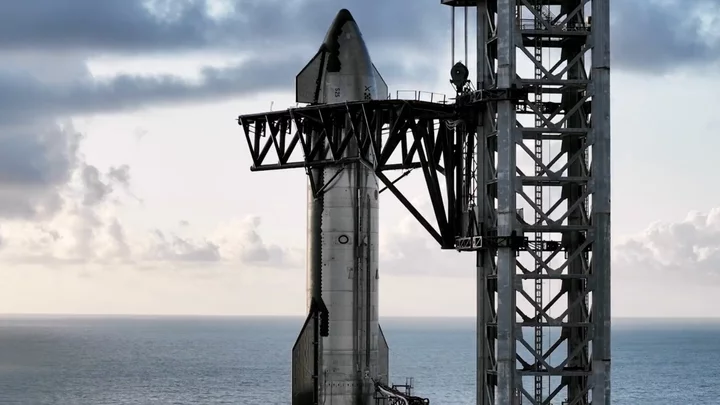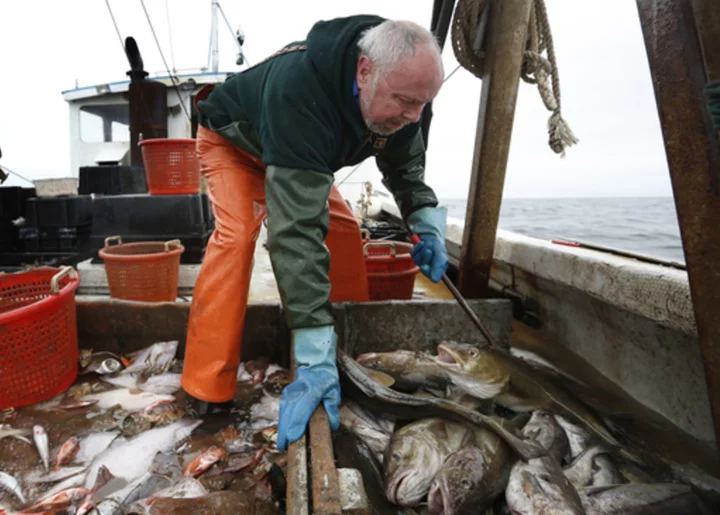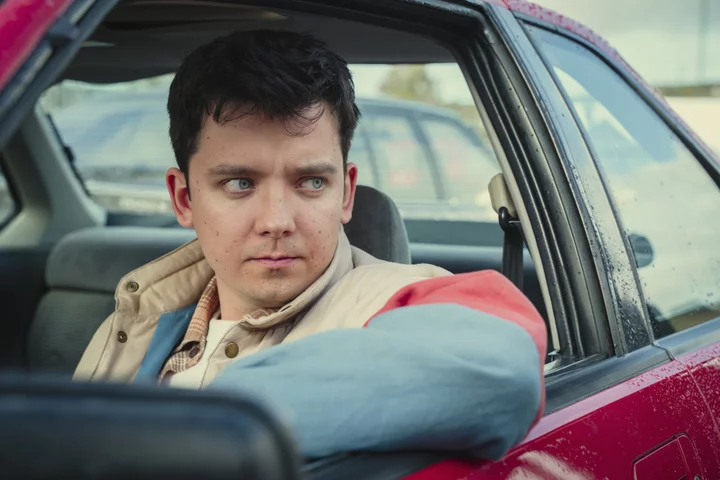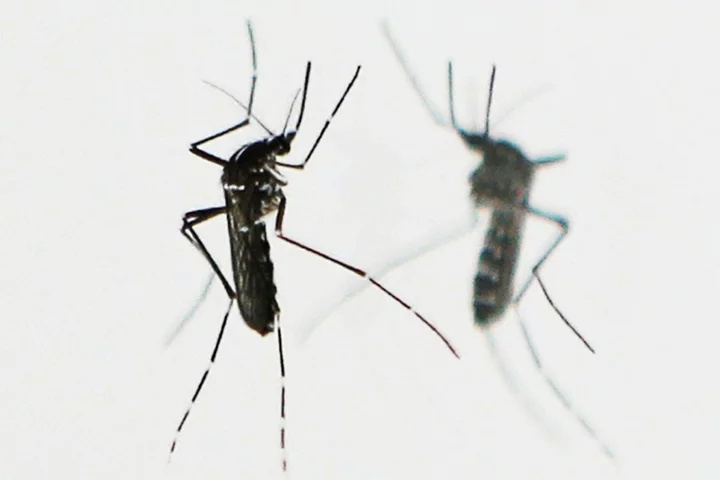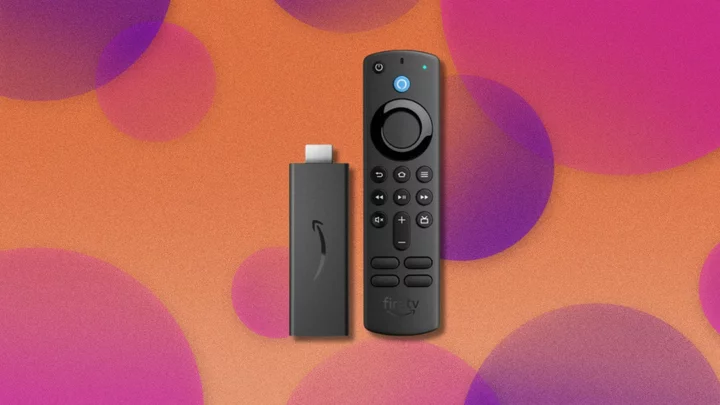It took months, but SpaceX has finally received government clearance to conduct a second launch test of its Starship vehicle.
The Federal Aviation Administration today said it had given SpaceX license authorization to conduct the test, months after Starship’s maiden orbital flight met a fiery end back in April.
“The FAA determined SpaceX met all safety, environmental, policy and financial responsibility requirements,” the agency told PCMag in a statement.
SpaceX is now aiming for the second test flight to occur this Friday, with the launch window opening at 8 a.m. EST/5 a.m. PST. The company plans on broadcasting the launch online.
The upcoming test promises to help SpaceX refine Starship so it can be used as a vehicle for all kinds of space missions, including taking humans to Mars one day. The company also plans on using Starship to accelerate the buildout of Starlink, a satellite internet system that can beam high-speed broadband to most locations on the planet.
In April, SpaceX held the first test flight for Starship. Although the craft successfully took off from the launch pad, it exploded about 24 miles up, which caused debris to spill out for miles. Since then, the company has been using the insights for the first test launch to improve Starship.
“The second flight test will debut a hot-stage separation system and a new electronic Thrust Vector Control (TVC) system for Super Heavy Raptor engines, in addition to reinforcements to the pad foundation and a water-cooled steel flame deflector, among many other enhancements,” the company says.
Friday’s test flight seeks to once again launch the vehicle into the planet's atmosphere with the goal of a splashdown for the Super Heavy booster in the Gulf of Mexico and another water landing for the Starship vehicle in the Pacific Ocean.
However, SpaceX only secured clearance for one test flight. So the company could face another long round of regulatory reviews, depending on the outcome of Friday’s scheduled test launch. An environmental review from the US Fish and Wildlife Service was the final holdup to SpaceX receiving the FAA clearance. In response, the company has been lobbying the US government to streamline the application process for test flights.
“These delays may seem small in the big scheme of things but…. delays in each and every test flight adds up. And eventually we will lose our lead and we will see China land on the moon before we do,” SpaceX VP William Gerstenmaier told a Congressional subcommittee in October.

